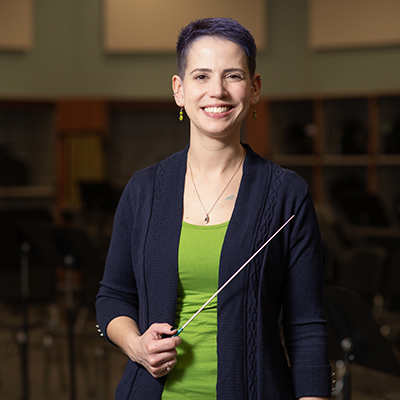lovevirtually (and actually, too) – MEA Members Create Wellness Toolboxes for Students
By Brenda Ortega
MEA Voice Editor
As a behavior specialist in Kalamazoo Public Schools, MEA member Tia Whitley describes her job as advocating for students’ academic success by providing them additional supports, resources and services.
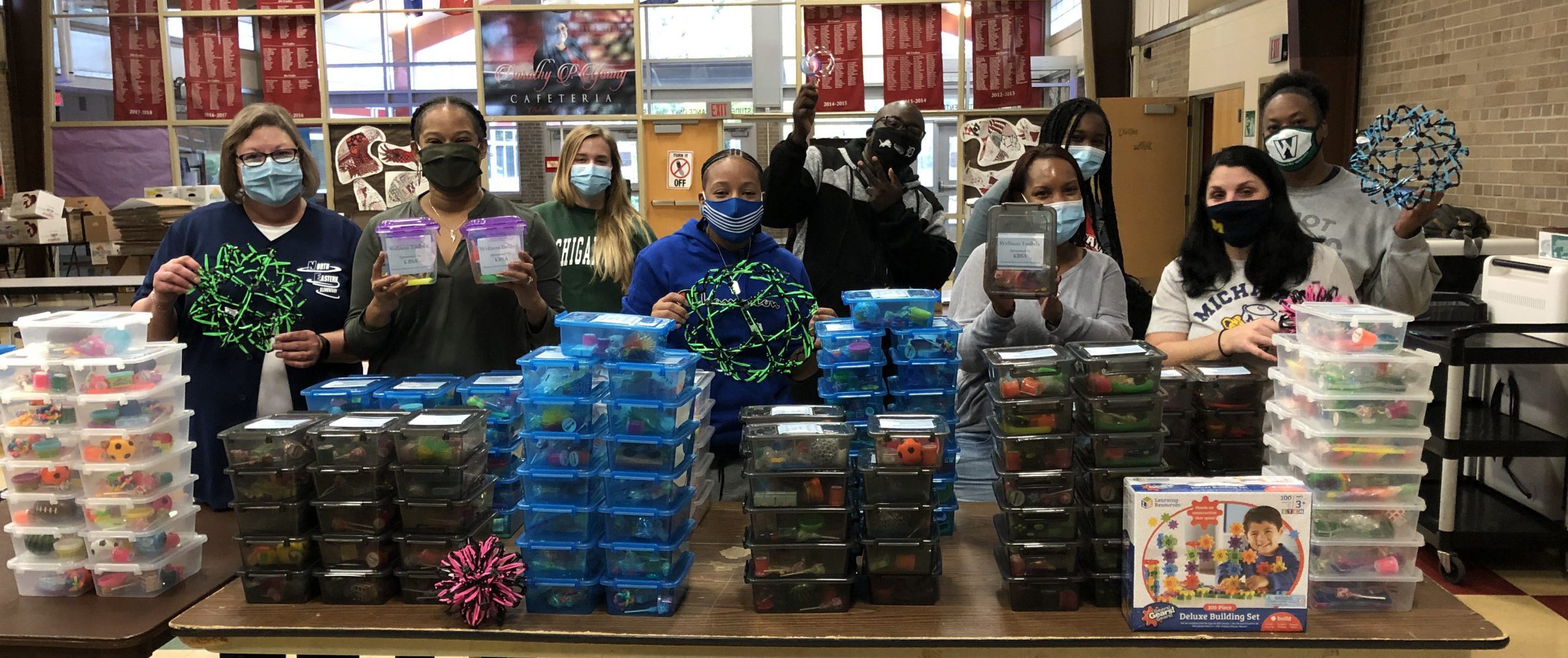 But what happens when school is closed?
But what happens when school is closed?
How can Whitley and other behavior specialists intervene meaningfully when they can’t see or physically reach students every day for most intents and purposes—when a deadly pandemic forces buildings to close and children to learn from home?
That was the question Whitley and her colleagues in the Kalamazoo Behavior Specialists Association (KBSA)—a 14-member MEA unit she leads—were wrestling with this fall. KPS began the school year fully virtual and in November the school board voted to continue remote learning through mid-March.
“We were discussing issues that we are seeing and areas of concern throughout our buildings, and the question was asked: How do we do what we do for our buildings virtually?” the KBSA president said. “That is where the idea for our wellness toolbox project came from.”
Many students may be hard hit by the disruption of schooling in the COVID-19 era, so if the students can’t come to the helping tools—which are meant to aid them in settling and refocusing—then the union would bring tools to the students, Whitley said.
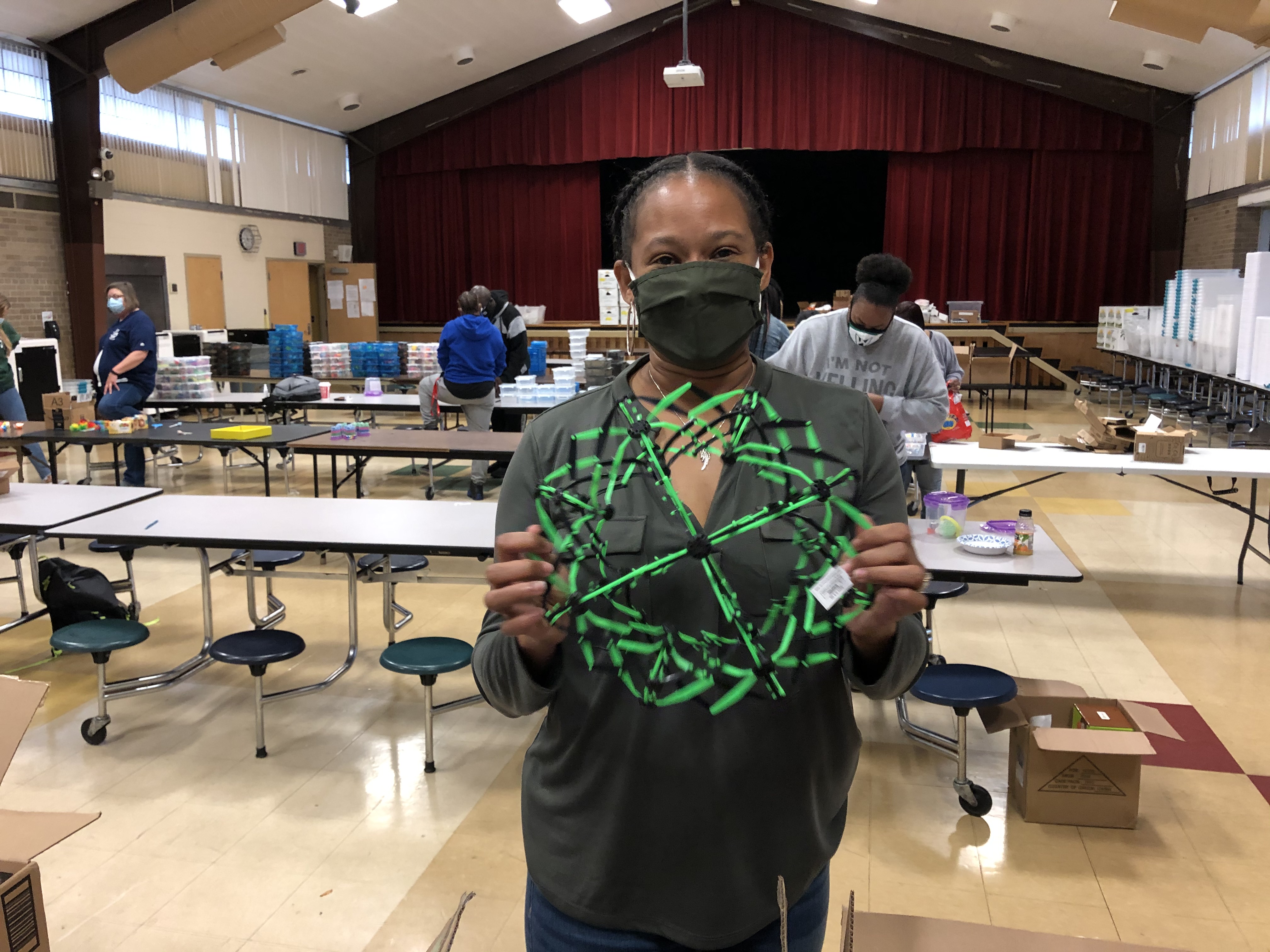
The KBSA members raised $3,500, purchased items, and assembled 400 toolboxes for distribution to the homes of all K-12 students identified by each building’s behavior team.
Students are allowed to keep the toolboxes containing fidget spinners, blue light blocker glasses, putty, stress balls, Rubik’s cubes, pencil toppers, and more. An instruction card in each kit explains how to use the items and offers directions for other calming and focusing strategies.
“This is about providing familiarity for the students, because these are tools that we would have used with students in the classroom as well,” Whitley said. “It’s bringing the classroom supports to the home.”
Secondary students will also receive tri-fold display boards to use during live conference calls for blocking out distracting background activity or displaying positive quotes and affirmations.
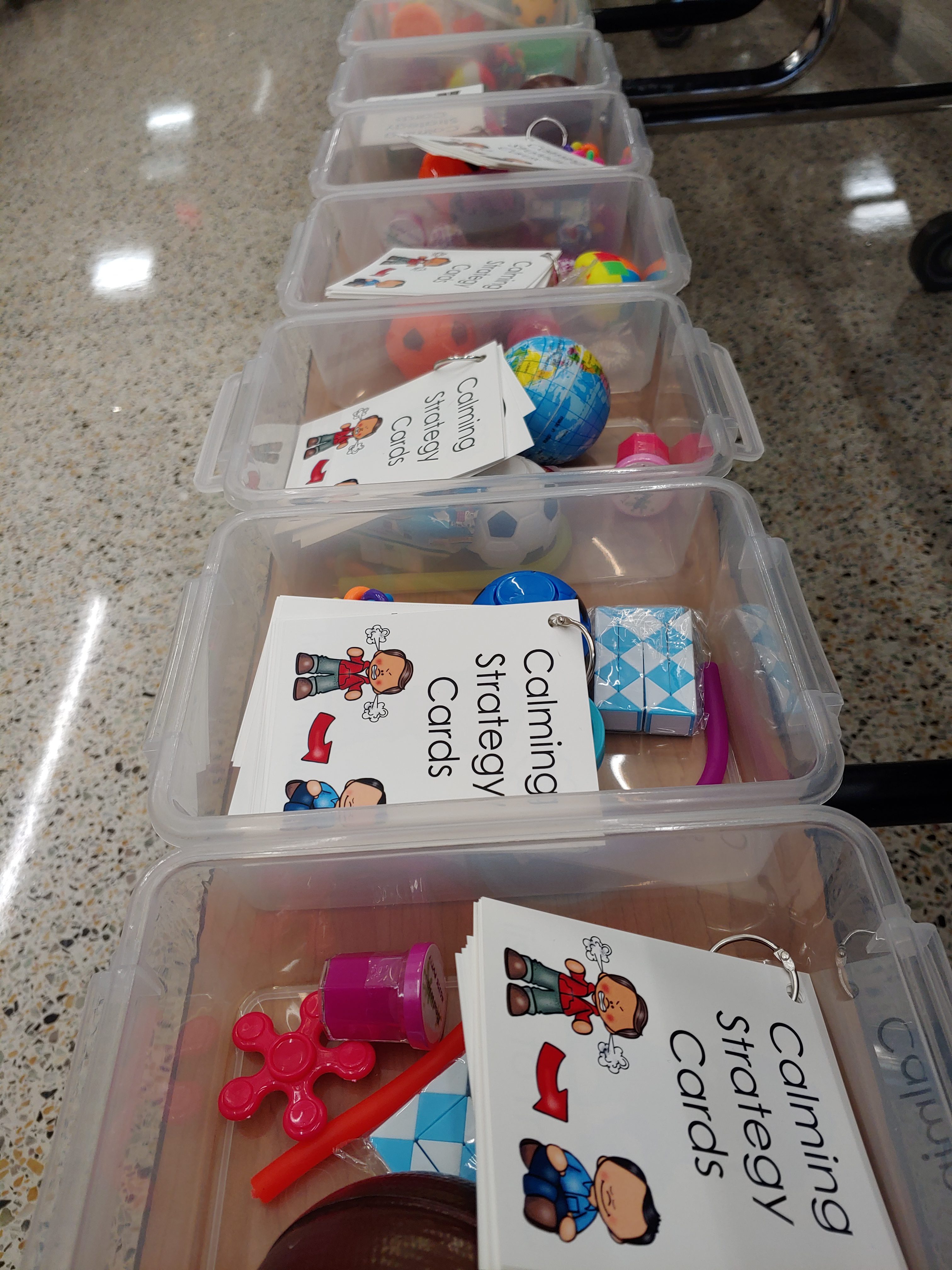
Students who struggle to focus or have sensory issues can be helped by using materials or devices which allow them to satisfy a desire for movement and release excess energy, said Tiombe Bey-Woodson, a behavior specialist at Hillside Middle School and vice president of KBSA.
“The fidgets and things like that give students who are easily distracted something to tangibly be touching and moving—so they have that sensory experience going—while they’re watching the teacher and learning,” Bey‑Woodson said.
The toolkits will be a “fantastic help” to address student needs that have been exacerbated during the health crisis, said Lisa Dewey, principal of Spring Valley Center for Exploration, a magnet school in the district.
“Finding ways to provide our students some comfort, finding ways to help them analyze their own emotions or to be able to get the wiggle out is going to be really helpful,” Dewey said.
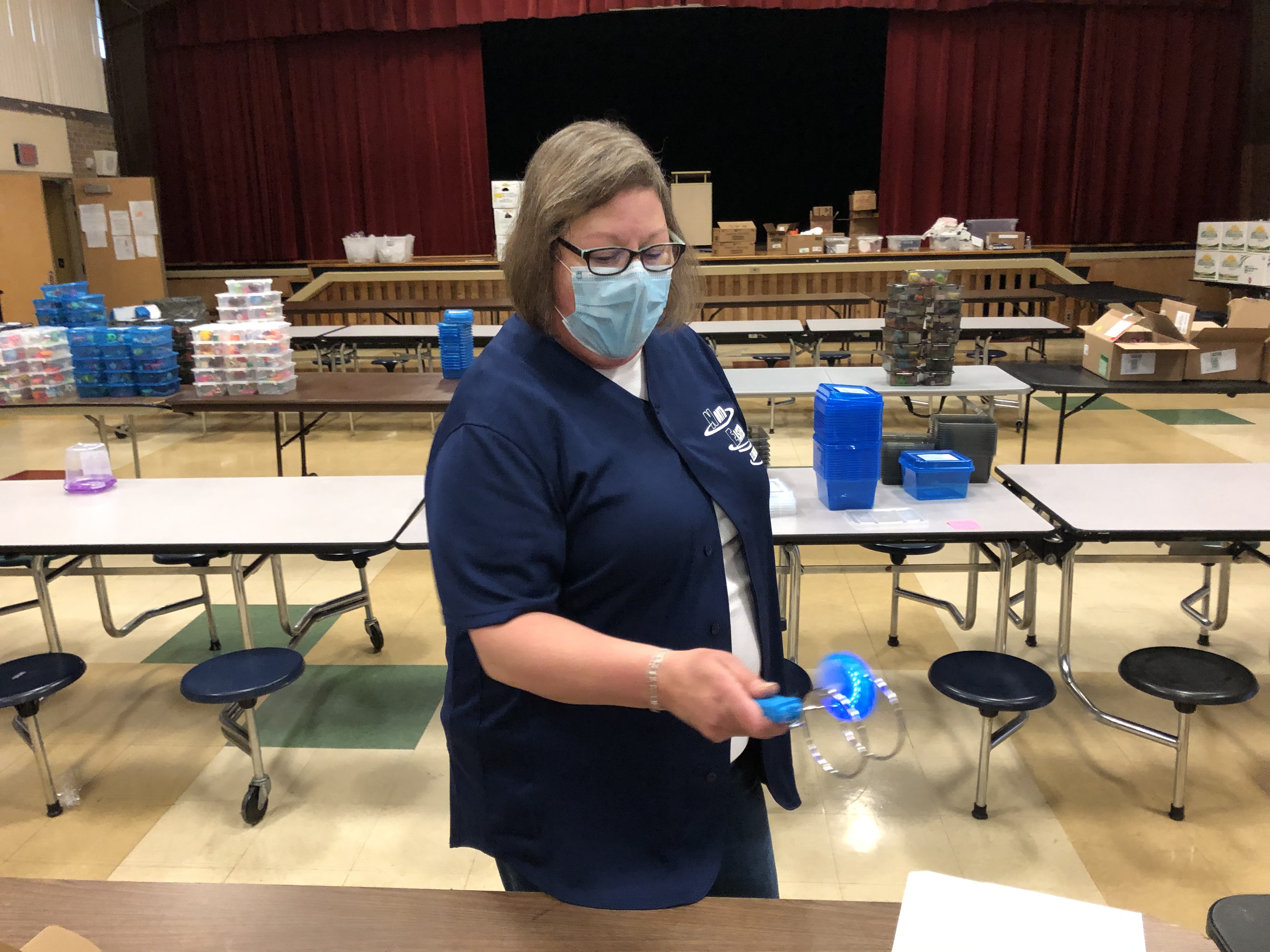
District behavior specialists have been visiting virtual classrooms to observe student engagement, but they also make contact through emails, phone calls and physically distanced home visits to assess issues and problems that families might need help addressing.
In those ways, behavior specialists remain a key player in connecting families to resources in the community and delivering/connecting/troubleshooting technology to keep students plugged in to digital classrooms.
“Our students deal with so much more than I had to deal with when I was a student,” Bey-Woodson said. “There’s so much need in schools, more than the general population understands.
Students need interaction with adults. They need people they can trust, and I like being that adult.”
While students are missing the daily routines and structures of school, their caregivers are sometimes overwhelmed by simultaneous demands of work and children needing help with online lessons, those interviewed agreed.
“These are tools—they’re not going to solve the world’s problems—but these are tools the parents can easily use by reading those instruction cards to help their kids stay engaged in learning,” said behavior specialist Sarah Collins, treasurer of KBSA.
For students experiencing negative emotions—anger and frustration—the toolboxes contain directions for calming strategies and tools for redirecting their attention and energy, said KBSA member Carey Gardner.
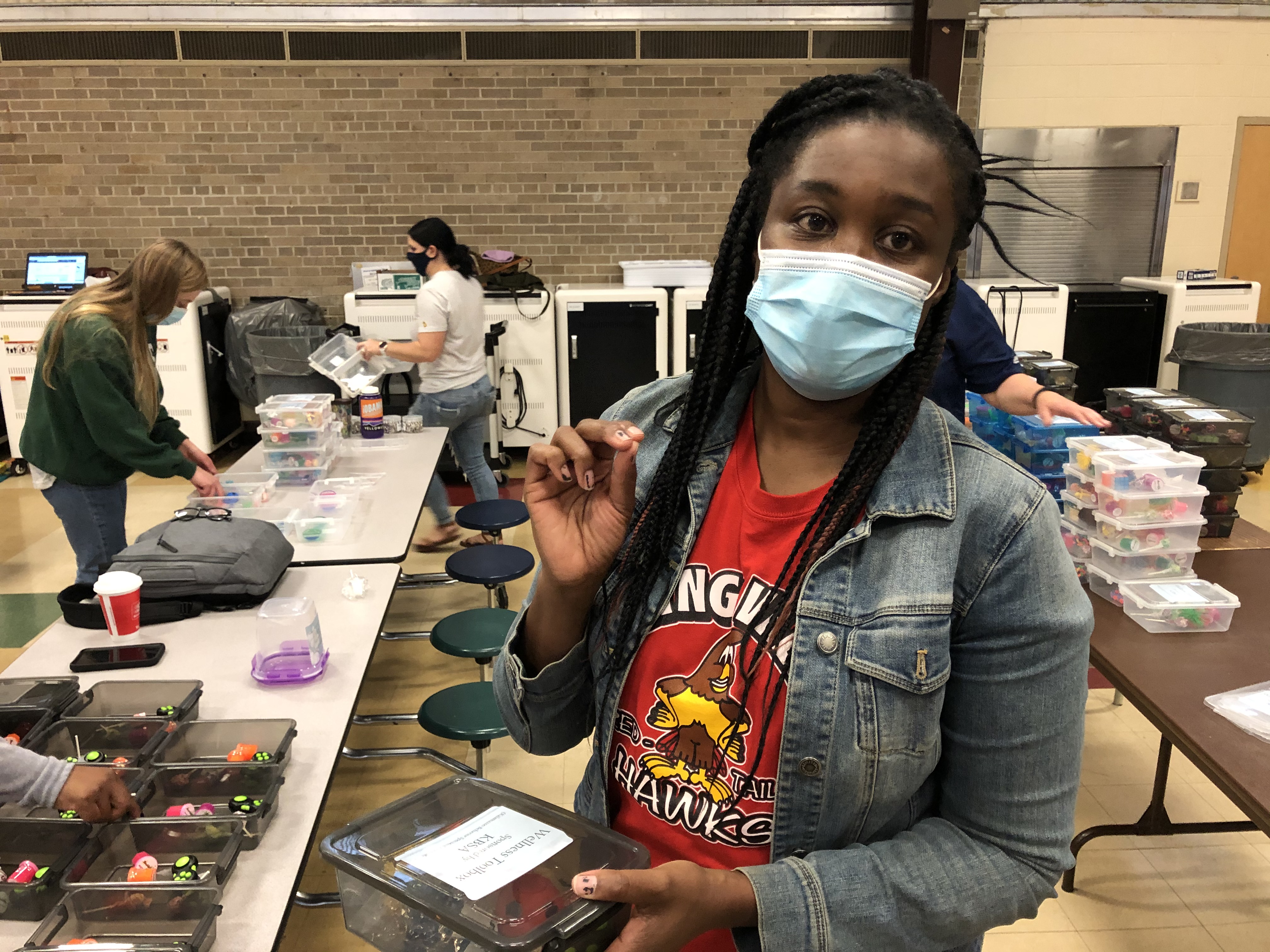
“When they’re angry, using a stress ball or the expanding ball gives them something else to do, somewhere else to direct that energy to, something to keep their hands occupied.”
Even working with students remotely, the change in their stress level is observable when they engage in deliberate calming activities that are familiar to them and return a sense of normalcy, Gardner said.
“As you talk to them, and they start working an object with their hand or maybe chewing gum or sucking on a sucker, you can see them go, “Ahhh. This is what I needed to calm down. I was at 10; now I’m at eight and going to five.’”
Caregivers in the home can also benefit from learning about ways to settle, gather, and refocus—for themselves and their children—and improving the health of families is a goal worth banding together and fighting for, Whitley said.
“I love being able to assist and advocate for youth,” she said. “We are a community. We have a strong belief that it takes a village to raise a child, and so we all work together for the benefit of the whole child.”


